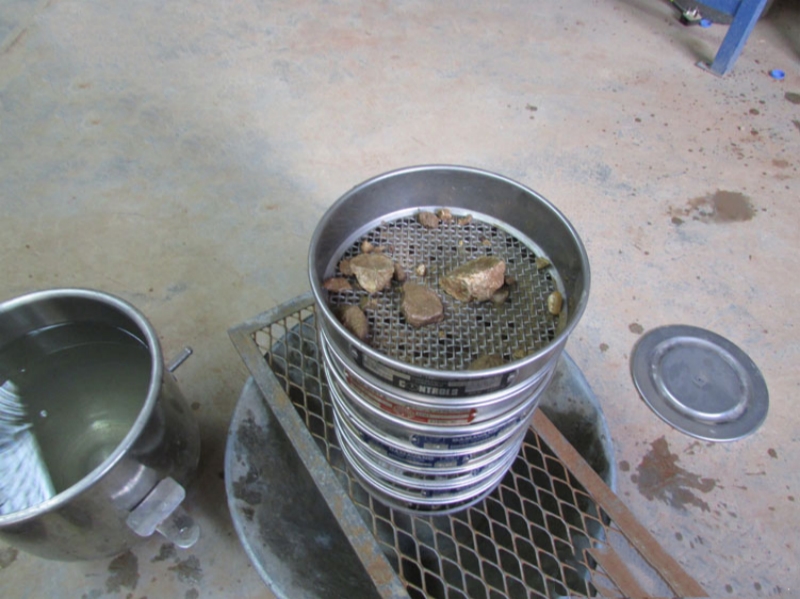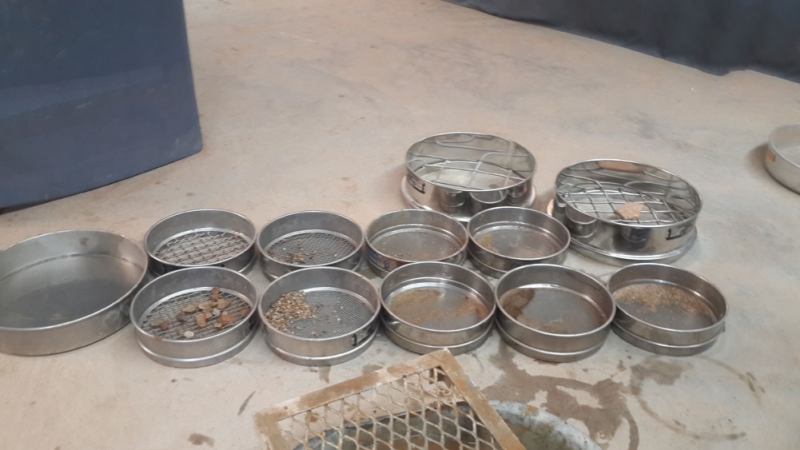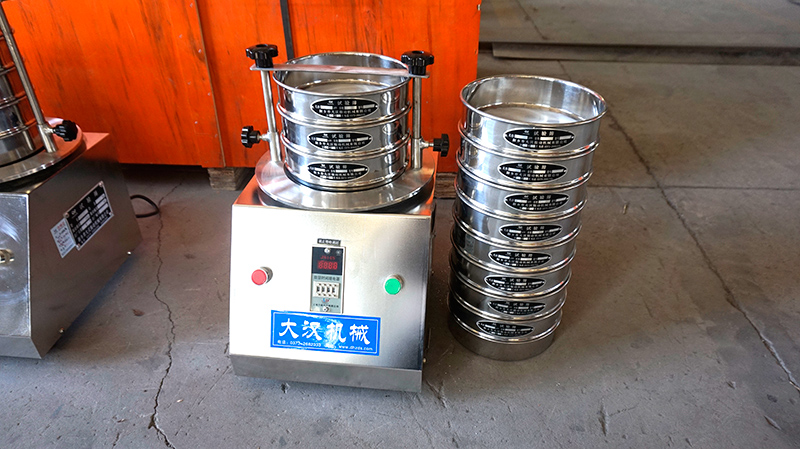The wet sieve test is a commonly used particle screening analysis method, suitable for sticky or hygroscopic materials. The following are the general steps and methods for wet sieve test analysis:


Prepare the required wet screening equipment, including sifters, screens, mixers, weighing equipment, etc.
Determine the material sample to be tested and prepare it, usually by mixing the material with an appropriate amount of liquid to form a suspension.
According to the nature of the material and test requirements, determine the appropriate stirring speed and time to ensure that the particles in the suspension are evenly dispersed.
Select the appropriate screen size as needed to ensure the desired particle classification range.

Pour the pre-measured suspension into the wet sieving device and turn on the mixer to ensure uniform dispersion of the particles.
To start the screening process, gradually pour the suspension into the feed port of the screening machine.
Continue screening and let the screen machine vibrate to allow the particles to pass through the screen. At the same time, pay attention to the situation during the screening process.

When the screening process is completed, close the mixer and feed port and record the screening time.
Particles passing through the screen are collected from the bottom of the screen and separated into different size classes.
Quantitatively analyze the particles at each level using an appropriate method (such as weighing or image analysis) and record the mass or percentage of particles.

Based on the analysis results, a particle size distribution curve or table can be drawn to show the proportion of particles in different size classes.
Further analyze the results, such as calculating average particle size, particle dispersion, etc., to obtain more detailed information.
According to the results of the wet sieve test, information such as the distribution characteristics, size range and dispersion of the particles are summarized.
Write test reports, including experimental conditions, sample information, test methods, result analysis and conclusions, etc.

When conducting a wet sieve test, you need to pay attention to the following points
Ensure that the particles in the suspension are evenly dispersed and avoid particle agglomeration or sedimentation.
According to the characteristics of the material and testing requirements, select the appropriate screen size and testing conditions.
Pay attention to observations during the screening process and adjust experimental conditions in time to obtain accurate and repeatable results.
Use appropriate data processing and analysis methods to obtain meaningful test results.
Address:China,Yanjin county forest park gate to the west 1000 meters north road.